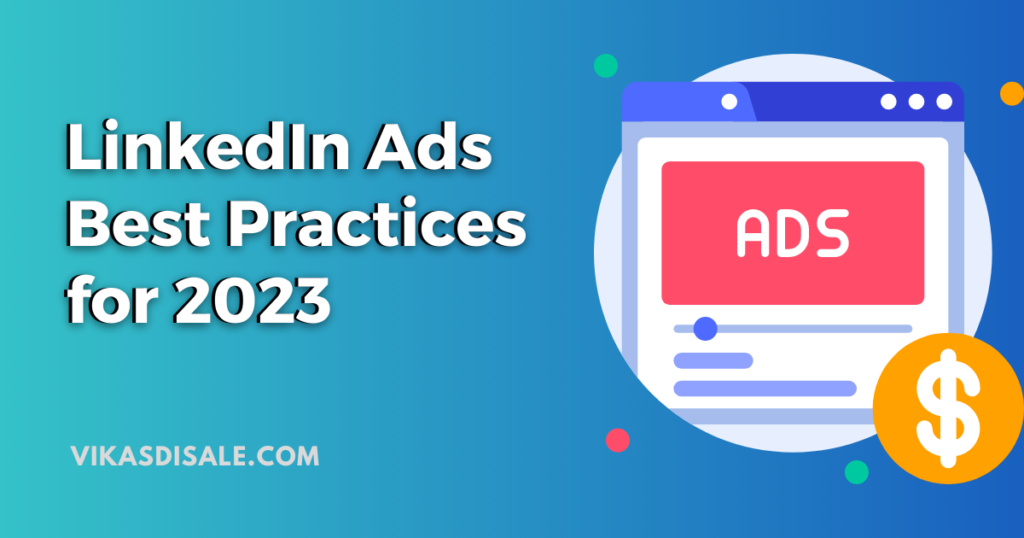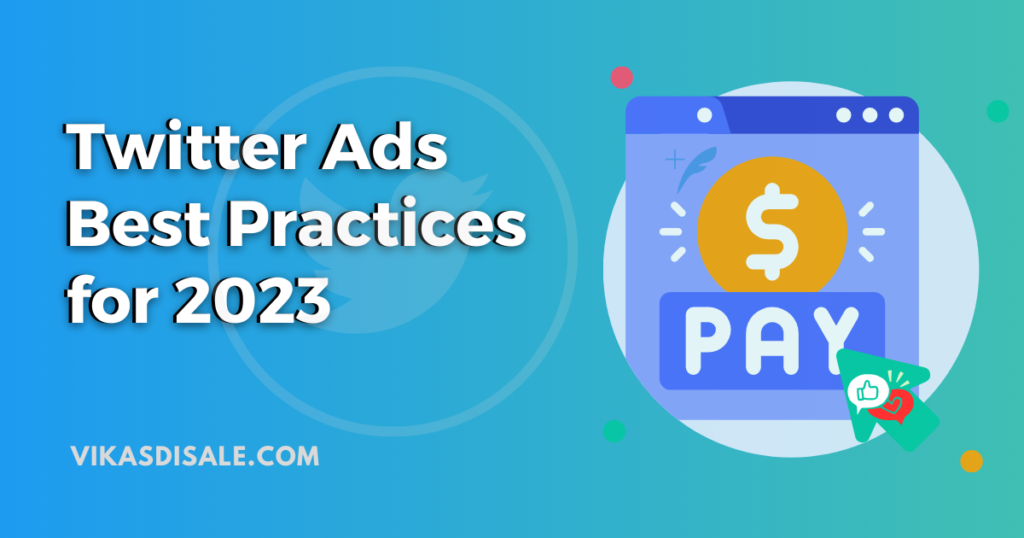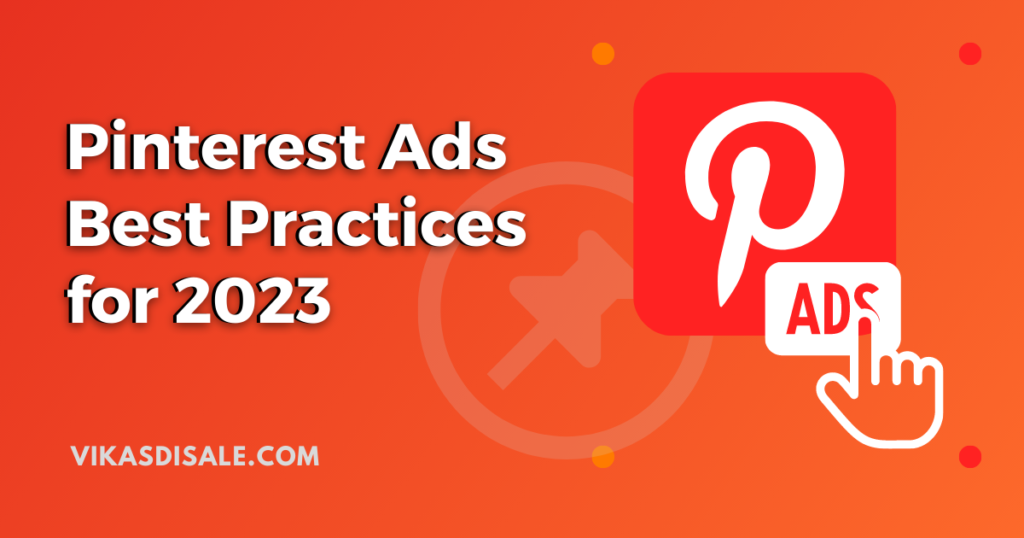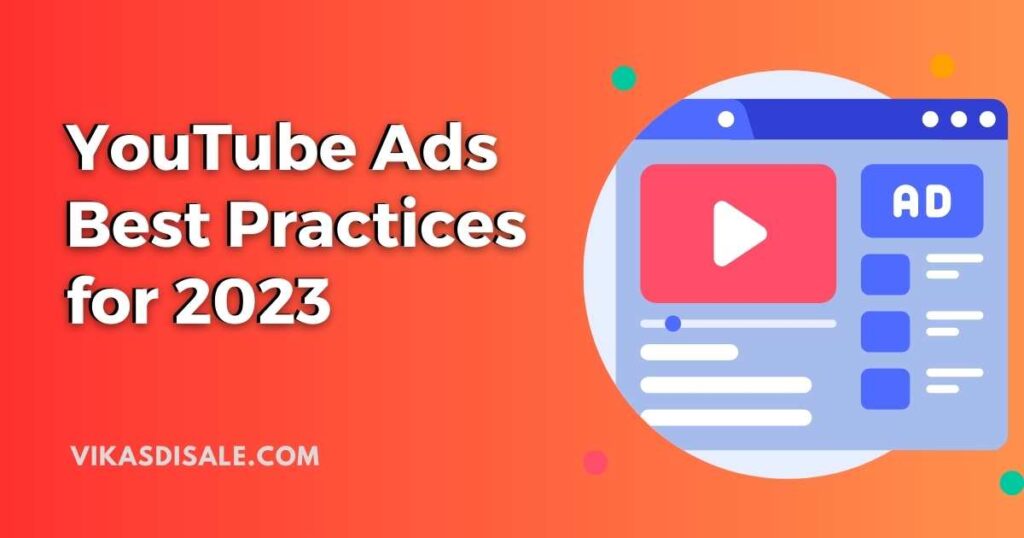
YouTube has become a powerhouse in the digital marketing landscape, offering vast opportunities for businesses to connect with their target audience. As per the latest data from Statista, YouTube has a monthly user base of over 2.6 billion people globally. YouTube provides a platform to reach a global audience and engage with them through video content.
This guide aims to provide a comprehensive overview of YouTube ads best practices, equipping marketers with the knowledge and insights needed to create successful campaigns.
Advantages of YouTube Ads:
Here are some advantages of YouTube Ads:
- Massive Reach: Access to over 2 billion monthly logged-in users.
- Precise Targeting: Ability to reach specific demographics and interests.
- High Engagement: Video format captures viewers’ attention effectively.
- Measurable Results: Detailed analytics for tracking performance.
- Cost-effectiveness: Flexible budget options for efficient ad spend.
Types of YouTube Ads
YouTube, being the world’s largest video-sharing platform, offers an extensive range of ad formats for advertisers to captivate and engage viewers. In this comprehensive guide, we will delve into the different types of YouTube ads, and best practices for successful campaign implementation.
1. Skippable Video Ads (TrueView Ads):
Skippable video ads, also known as TrueView ads, are a popular and user-friendly ad format on YouTube. They allow viewers to skip the ad after watching it for five seconds, giving them the freedom to choose the content they want to watch. Advertisers are only charged when viewers watch the ad for at least 30 seconds or engage with it by clicking on a call-to-action (CTA) overlay.

Skippable video ads provide an excellent opportunity for storytelling, as advertisers have more time to convey their brand’s message and create a memorable impact.
Best practices for Skippable Video Ads:
- Hook viewers in the first five seconds to capture their attention.
- Focus on high-quality and compelling visuals and content.
- Utilize clear and concise CTAs to drive viewers to take action.
- Optimize targeting options to reach the most relevant audience.
2. Non-skippable Video Ads:
Non-skippable video ads are ads that viewers are required to watch before accessing their desired video content. These ads typically last for 15 to 20 seconds, ensuring advertisers can deliver their message without interruption. While they might be perceived as more intrusive, non-skippable ads can be highly effective when used strategically, especially for creating brand awareness and promoting time-sensitive offers.

Best practices for Non-skippable Video Ads:
- Keep the ad concise and impactful, conveying the core message within a short duration.
- Use attention-grabbing visuals and compelling storytelling techniques.
- Incorporate a strong CTA that aligns with the campaign’s objectives.
- Test and optimize ad placements to ensure maximum visibility and engagement.
3. Bumper Ads:
Bumper ads are short, non-skippable video ads limited to a maximum duration of six seconds. These brief ads are a great way to deliver quick and memorable brand messages. With their concise format, bumper ads are ideal for capturing attention and leaving a lasting impression, even on users with limited viewing time.

Best practices for Bumper Ads:
- Focus on a single key message or product feature to make the most of the limited duration.
- Use visually striking elements and compelling storytelling techniques to grab attention.
- Align the ad with the broader campaign strategy and maintain consistent branding.
- Consider sequencing bumper ads with other YouTube ad formats to reinforce the message.
3. Masthead Ads
Masthead YouTube Ads are premium ad placements that appear at the top of the YouTube homepage, providing maximum visibility and reach to advertisers. These ads offer a prime advertising position to capture viewers’ attention as soon as they visit the YouTube homepage.
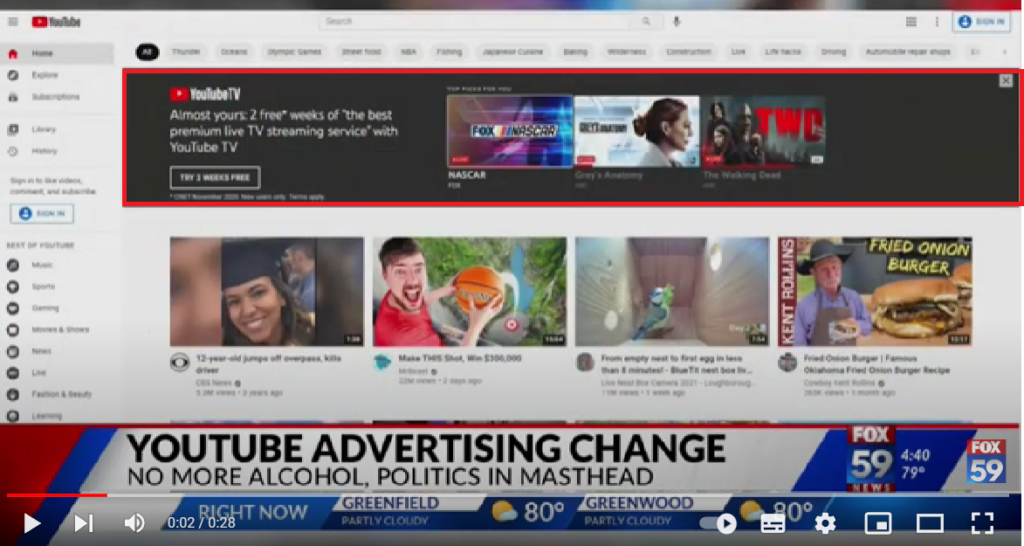
Best practices for Masthead Ads:
- Use visually appealing and attention-grabbing elements.
- Craft a concise and impactful message.
- Include a prominent and compelling CTA.
- Maintain consistent brand identity.
- Continuously analyze ad performance metrics.
- Collaborate with YouTube experts for guidance.
4. Overlay Ads
Overlay ads are a type of YouTube ad format that appears as semi-transparent overlay banners on top of the video content being watched. These ads can be text-based, image-based, or a combination of both. They are typically displayed at the bottom portion of the video player.

Best practices for Overlay Ads:
- Include a compelling CTA on the overlay
- Send prospects to a dedicated landing page
- Ensure the ad is relevant to the video content and aligns with the target audience’s interests.
- Use concise and clear text, along with a strong call-to-action (CTA) to prompt viewer engagement.
- Test and optimize ad placements, monitor metrics, and avoid excessive ad frequency to maximize effectiveness.
Ad Targeting Options and Audience Segmentation
Audience targeting methods let you define who you want to reach. Audiences are groups of people with specific interests, intents, and demographics, as estimated by Google. These include:
1. Demographic Targeting
Demographic targeting in YouTube allows advertisers to reach specific audience segments based on demographic information.

Here are some key aspects of demographic targeting in YouTube ads:
- Age: Target ads to specific age groups such as teenagers, young adults, or seniors.
- Gender: Tailor your ads to reach males, females, or create gender-neutral campaigns.
- Parental Status: Reach parents or non-parents based on their parental status.
- Household Income: Target ads to users within certain income brackets.
- Language: Reach users who speak specific languages.
By leveraging demographic targeting, advertisers can ensure that their YouTube ads are shown to the most relevant audience based on these demographic characteristics.
2. Interest-based Targeting
Interest-based targeting in YouTube ads allows advertisers to reach viewers based on their interests, preferences, and online behavior.
Here’s how interest-based targeting works in YouTube:

- Topics: Target ads to specific topics or categories of interest such as sports, fashion, or technology.
- Affinity Audiences: Reach users who have demonstrated a strong interest in specific topics or industries over time.
- Custom Affinity Audiences: Create custom audience segments based on specific interests and behaviors to target niche audiences.
- In-Market Audiences: Target users who are actively researching or showing intent to purchase products or services related to specific industries.
- Consumer Patterns: Reach viewers based on their online behavior, such as frequent travelers, food enthusiasts, or fitness enthusiasts.
By utilizing interest-based targeting, advertisers can ensure their YouTube ads are shown to viewers who are more likely to be interested in their products or services. This targeting method helps increase relevance, engagement, and the likelihood of conversions for their ad campaigns.
3. Remarketing
Remarketing in YouTube ads allows advertisers to reconnect with users who have previously interacted with their website, YouTube channel, or other digital properties.
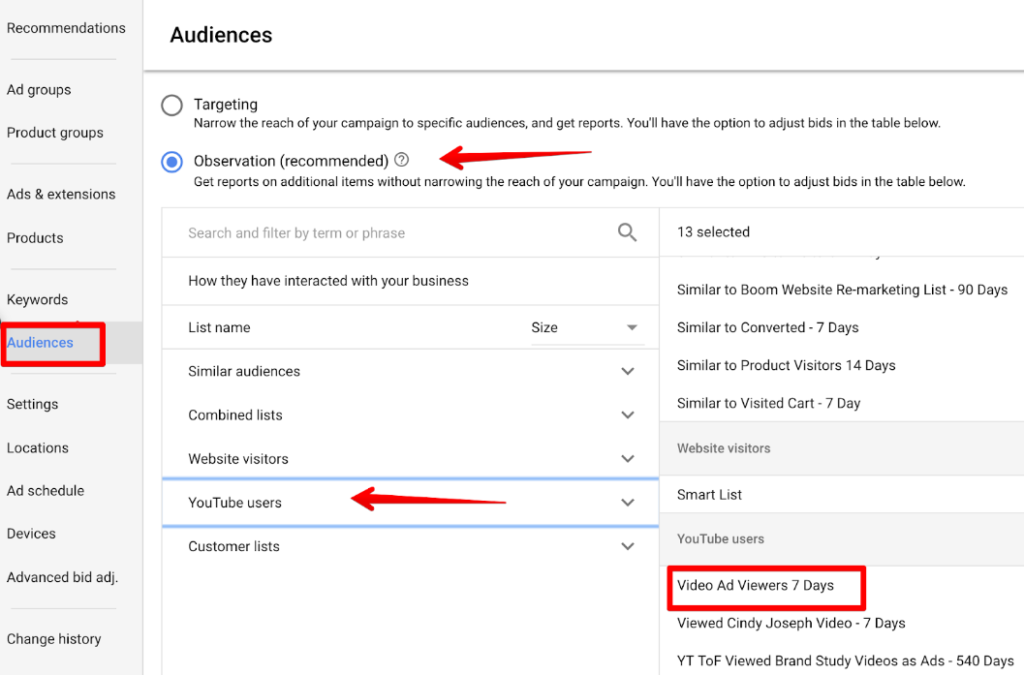
- Reaching Engaged Users: Target users who have already interacted with your brand by visiting your website, watching your videos, or engaging with your YouTube channel.
- Tailored Messaging: Craft personalized ad content to reconnect with remarketing audiences, offering incentives or promotions to drive conversions.
4. Placement Targeting
Placement targeting in YouTube ads allows advertisers to choose specific YouTube channels, videos, or types of videos where they want their ads to appear. Here’s a brief overview of placement targeting in YouTube ads:

- Selective Placement: Choose specific YouTube channels or videos that align with your target audience or content relevance.
- Relevant Content: Ensure your ads appear alongside videos that are contextually relevant to your product or service.
- Targeted Reach: Maximize visibility and engagement by targeting placements that attract your desired audience.
- Optimization: Monitor ad performance and adjust placements based on metrics to improve campaign effectiveness
By utilizing placement targeting, advertisers can strategically position their ads in front of the right viewers, enhancing the chances of reaching their target audience and achieving campaign objectives on YouTube.
Setting Up YouTube Ads Campaigns as per YouTube Ads Best Practices:
A. Create Your Campaign
To set up a YouTube ads campaign, follow these steps:
1. Sign in to your Google Ads account and navigate to the Campaigns section.
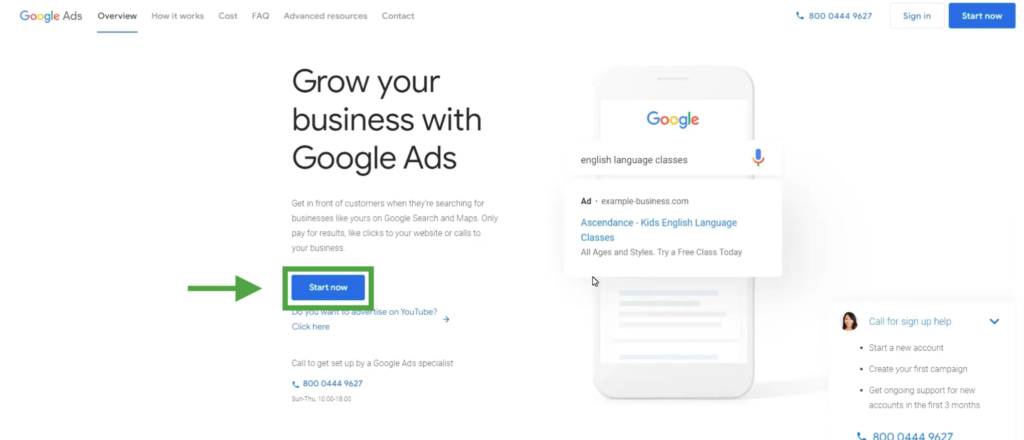
2. Click on the “+ Campaign” button and select “New campaign.”
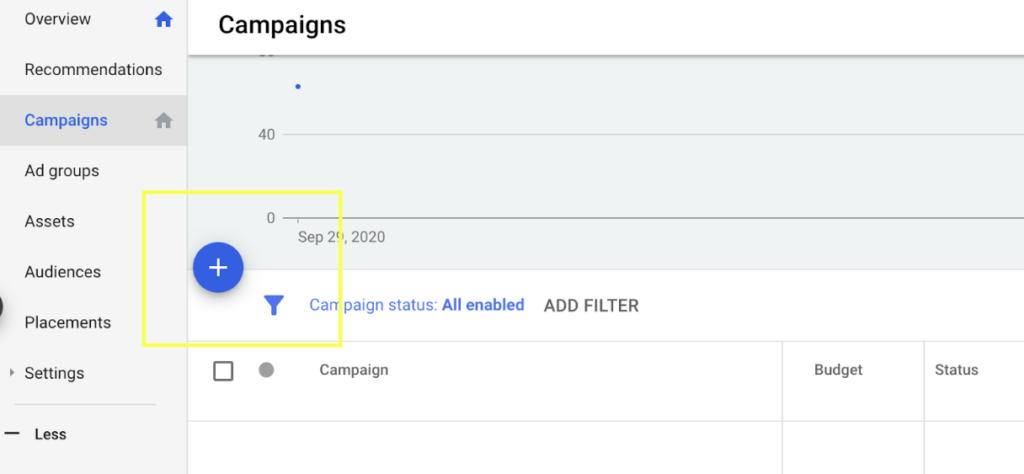
3. Choose the goal that aligns with your marketing objectives, such as brand awareness, website traffic, or conversions.
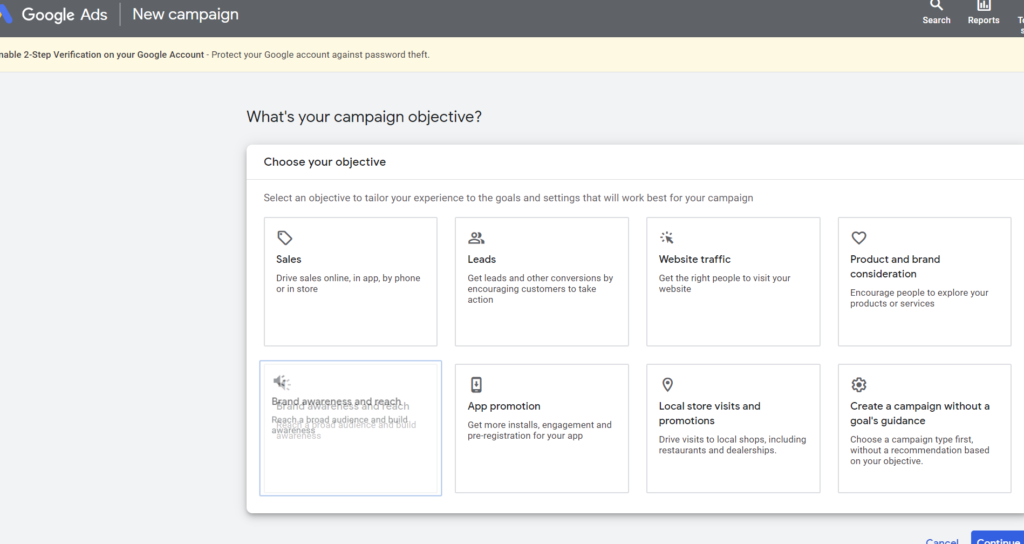
4. Select the campaign type as “Video” and specify YouTube as the platform.
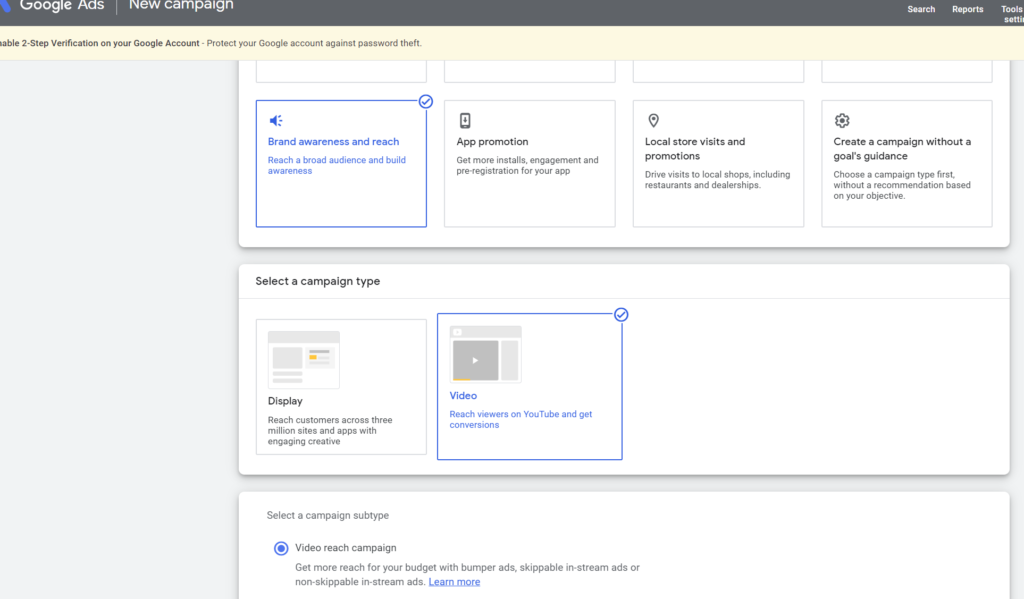
5. Set a campaign name and select the appropriate campaign subtype based on your specific goals.
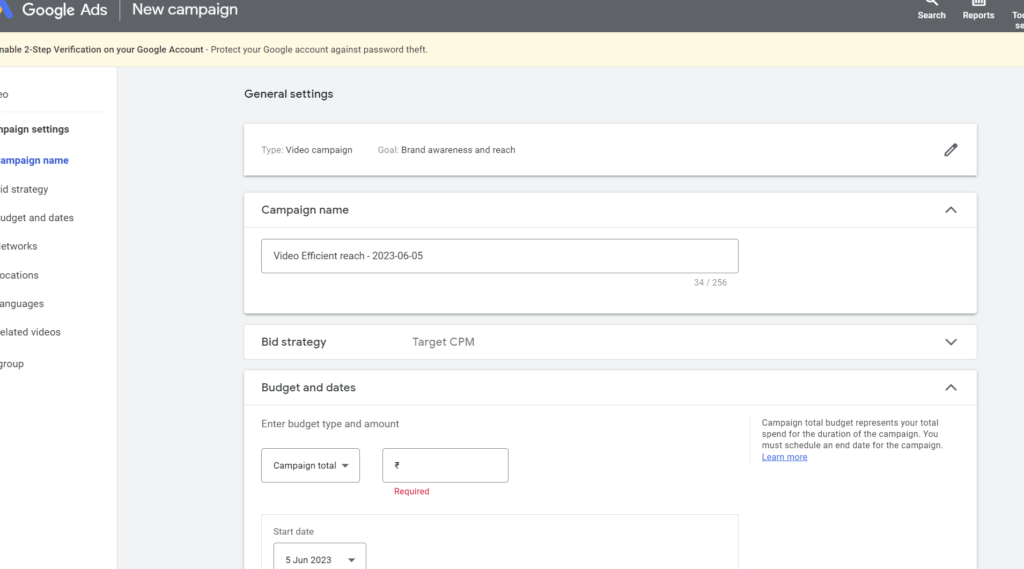
B. Define Your Campaign Parameters
- Budget: Determine your daily or campaign-level budget to control your ad spend.
- Networks: Choose whether you want your ads to appear on YouTube search results, YouTube videos, or both.
- Locations and Languages: Specify the geographic locations and languages you want to target.
- Bidding Strategy: Decide on your bidding strategy, such as maximum CPV (Cost Per View) or target CPA (Cost Per Action).
- Ad Schedule: Set the days and times when you want your ads to be shown.
C. Set Your Campaign Live
- Review your campaign settings to ensure accuracy.
- Create your ad groups and select the video ad you want to promote.
- Set your maximum CPV or target CPA bids.
- Save and publish your campaign.
Staying Updated with YouTube Advertising Trends
1. YouTube Algorithm Updates:
YouTube algorithm updates refer to changes made by YouTube to its algorithm, which determines the content that is recommended, promoted, and displayed to users on the platform. These updates aim to improve user experience, enhance content discovery, and align with YouTube’s goals and policies.
YouTube Algorithm contains following topics:
- Recommendations
- Video Ranking
- Content Policies
- Monetization and Ad Placement
It’s important for content creators and advertisers to stay informed about YouTube algorithm updates, as they can impact visibility, reach, and overall performance on the platform.
2. Industry Trends and Case Studies:
Staying updated with industry trends and case studies in YouTube ads is crucial for advertisers to optimize their campaigns and stay ahead of the competition.
Here are a few ways to stay informed:
- Industry Publications
- YouTube Official Channels
- Webinars and Conferences
- Social Media Groups and Communities
- Case Study Databases
- Advertiser Insights
By actively seeking out and staying informed about industry trends and case studies in YouTube ads, advertisers can gain valuable knowledge and inspiration to enhance their own campaigns, improve targeting, optimize creative strategies, and achieve better results on the platform.
Conclusion:
Setting up effective YouTube ad campaigns requires careful planning and implementation. By following these YouTube Ads Best Practices outlined in this guide and continuously monitoring and optimizing your campaigns, you can maximize the return on your YouTube ad investment and stay ahead in the ever-evolving world of digital advertising.
Stay informed about YouTube advertising trends, measure your ad performance, and adapt your strategies to achieve the best possible results
Vikas Disale is Digital Marketer and practicing SEO, Social Media, Paid Ads since 2011. Vikas like to share his knowledge via Podcast, YouTube videos.

